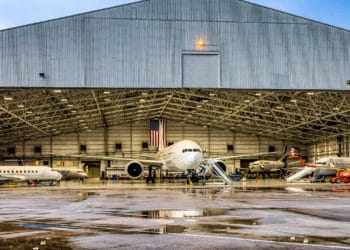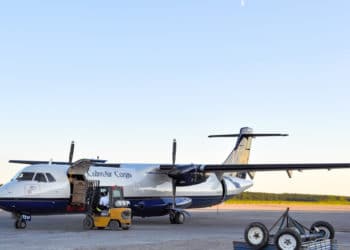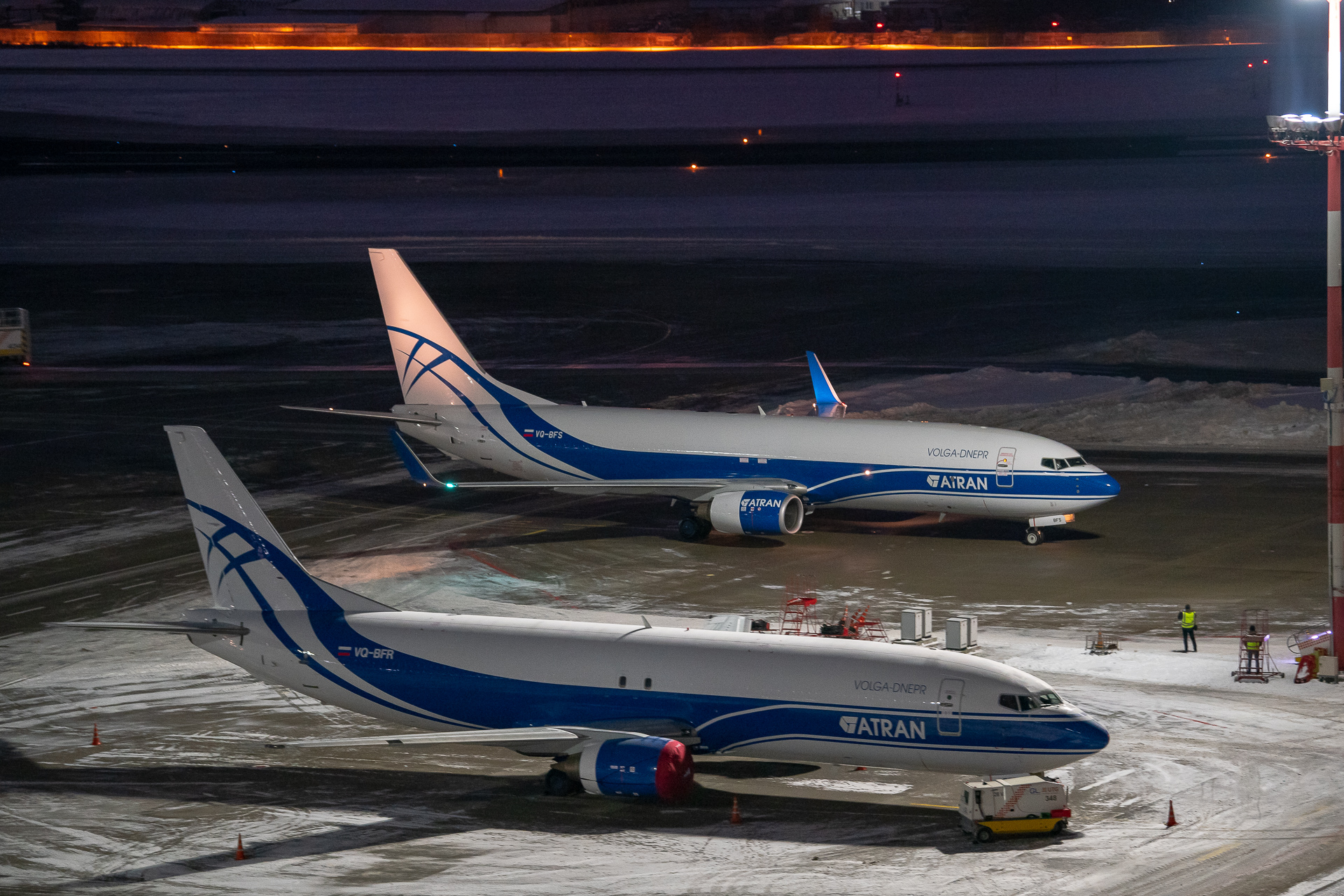No products in the cart.
When the Music’s Over, Turn Out the Light (on the C-17)
Boeing announced yesterday that after a 21 year run, production of the C-17 Globemaster III will cease after the final 22 remaining orders are completed. This will also bring to an end production at the former McDonnell-Douglas plant in Long Beach, which also built the DC-8, DC-9, DC-10, and MD-11 commercial aircraft, the KC-10 Extender, and the famous Douglas propliners before the jet era.
Development of what became the C-17 began in the 1970s when McDonnell-Douglas competed for a contract to build the “Advanced Medium STOL Transport” (AMST) – intended to replace the Lockheed C-130. The initial design was known as the YC-15, which competed with a twin-engine proposal from Boeing called the YC-14. Both designs got as far as flight testing before the AMST program was cancelled. Changing strategic needs dictated a bigger strategic aircraft to complement (and eventually replace) the larger Lockheed C-141 starlifter, but one which also had many of the capabilities of the AMST. The resulting proposal from McDonnell-Douglas became the C-17, and the contract was awarded at the end of 1985.
Limited development funding and the need to scale up the design in many ways led to a protracted development and considerable public criticism of the program, including a reduction in the initial order for 210 aircraft to 120 by then Secretary of Defense Dick Cheney in 1990. Among other things, by the time of first flight the program had gone over budget by almost $1Bn, and the wing had failed its first static test at an unacceptably low level. In 1993, the Department of Defense put the program on probation, and McDonnell-Douglas took a $1.5Bn loss to keep the program going, and the order was reduced to 40 – with the contract to terminate if the production issues and cost overruns could not be contained.
Despite considerable further difficulties, the C-17 was declared operational for the USAF in early 1995, and the aircraft proved to be a vital strategic asset in Kosovo, Afghanistan, Iraq, and other conflicts and humanitarian missions. Eventually, the USAF order reached 223 total aircraft, the last of which was delivered last week. In addition to the United States, the C-17 was ordered by and is in service with the U.K.’s RAF, the Royal Australian Air Force, the Royal Canadian Air Force, NATO, the United Arab Emirates Air Force, the Qatar Emiri Air Force, and most recently, the Indian Air Force, which received its’ first C-17 this year.
Early on, commercial variants of the C-17 were considered. Brochures for a “MD-17 Commercial Globemaster” were in circulation as early as the spring of 1997, and the concept persisted after the Boeing/McDonnell-Douglas merger later that year, and a commercial variant was proposed and offered to airlines for several years following. The MD-17/BC-17X concept centered around transporting outsize and heavy-lift cargo, but many of the airlines who specialize in such cargo already had access to the AN-124 and IL-76, which were (and still are) often available for charter if a short-term need arose. Many of the attributes that served the C-17 well as a military airlifter – it’s size, weight, STOL and rough runway capabilities, were a hindrance from a commercial perspective, contributing to high fuel burn and being hard to fill up with conventional cargo. No MD-17s were made, though one C-17 for the Qatar Emiri Air Force was painted in the colors of Qatar Airways.
The Long Beach Facility, meanwhile, has been producing first Douglas, then McDonnell-Douglas, then Boeing aircraft since the 1940s. It has been home to the production of the DC-3/C-47, DC-4/C-54, DC-6, DC-7, DC-8, DC-9, DC-10, and MD-11 commercial aircraft plus many military aircraft including fighters, bombers, tankers, and airlifters up to and including the C-17. At one time southern California, with Douglas in Long Beach and Santa Monica and Lockheed in Burbank and Palmdale, among others, was the center of the aerospace industry. Though aerospace activity is still strong in California, the end of production at Long Beach marks the end of that chapter in aviation history.
To see a larger photo of the C-17 pictured above, just click on the photo.
Photographer: Alex Kwanten






The Los Angeles Basin also hosted famous predecessors to these aerospace companies, such as North American Aviation (eventually subsumed within Boeing), the maker of the WW II P-51 Mustang; and Convair, maker of the Mach 0.91-cruising fastest commercial subsonic aircraft ever built, and dismal commercial failure, Convair 990.